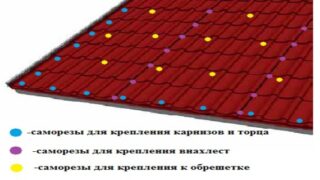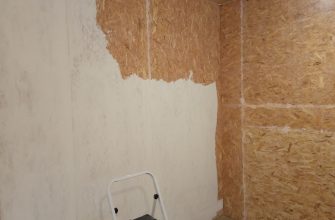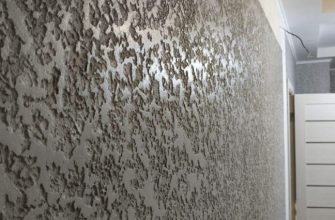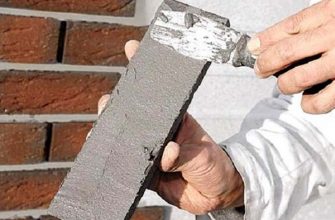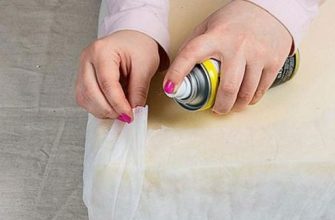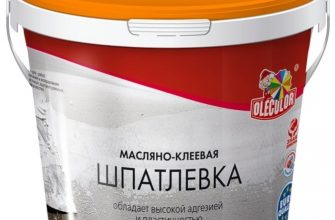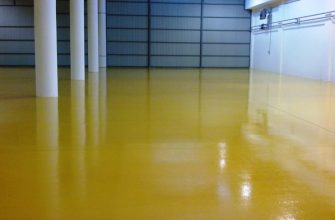Profile sheet is a modern, beautiful and practical material that is popular in private and commercial construction. The roof covering is durable, airtight, resistant to wind and snow loads. A prerequisite for the durability of the roof is the correct fastening of the profiled sheet. This technology has its own characteristics and nuances that need to be known and taken into account during installation.
Roof installation technology from profiled sheet
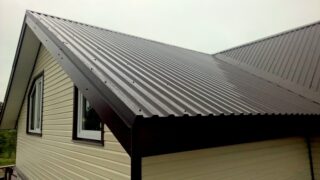
Decking has a wide range of applications. The material is used for the manufacture of roofs of houses, canopies over the porch and balconies, the creation of permanent formwork and the basis for floor slabs. The products are produced in the form of strips 70-100 cm wide, 200-300 cm long. The wave height in different models is 27-114 mm.
Roofing cake, when used as a topcoat from a profiled sheet, consists of the following layers:
- Interior decoration. Depending on its purpose, plywood, drywall or siding is used.
- Vapor barrier fabric. Serves to remove moisture from the room to the street.
- Rafters. They are the frame and supporting system for all roof components.
- Insulation. Located between the rafters, it serves to protect the building from temperature extremes.
- Waterproofing. It is stuffed over the rafters to prevent moisture from entering them from the outside.
- Counter battens. Fastens waterproofing, creates a gap for air circulation and moisture removal.
- Lathing. Stuffed horizontally with a pitch corresponding to the size of the sheets.
The frame is made of rectangular bar or pipe. Wood is cheaper and easier to work with. Metal is heavier, more expensive, but much stronger and more durable.
Profiled sheets should be fastened from bottom to top with an overlap in width and height. The amount of overlap is determined by the slope of the slope, but it cannot be less than one ridge on the sides and 10 cm vertically. To fasten the profiled sheet to the roof, special hardware is used to ensure that the cladding is tightly pressed against the crate and its free movement during thermal expansion.
You need to screw the screws on a stable and wide base so as not to wrinkle the sheets. It is imperative to use insurance, eye and hand protection, install a fence and warning signs near the building.
The layout of the sheets is chosen by the craftsmen based on their preferences, experience and habits. The first option is vertical. Here, first, the lower corner panel is attached, then subsequent fragments are placed from it until the ridge is reached. There, the excess is cut off, and the procedure is repeated in vertical stripes with an overlay in the groove.
Another method is horizontal. First, the first row is installed along the overhang. Subsequent levels are mounted from the bottom. The height overlay is carried out at a distance of 10-20 cm based on the steepness.
The basis for obtaining an even and beautiful slope is the correct installation of the first fragment. It is recommended to first bait it, and after final alignment with the rest of the panels, finally fix it.
The choice of fasteners for high-quality fastening
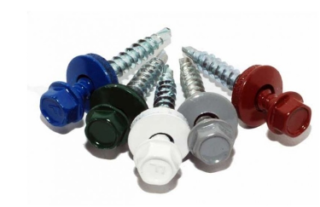
Manufacturers produce special self-tapping screws for roofing from corrugated board, adapted for this type of coating.Professional hardware is made of alloy steel with subsequent zinc coating. The caps of the products, like those of bolts, are convex hexagonal, which prevents the bit from breaking off when screwing in. Vandal-proof self-tapping screws for corrugated board are equipped with a special-shaped hat, to which standard nozzles do not fit. The outer part is covered with polymer paint, followed by baking. The silicone washer is UV, high and low temperature resistant. Serves for tightly pressing the sheet to the base, preventing water penetration to the hole, at the same time not interfering with the movement of the coating during thermal expansion. All hardware is equipped with a drill that provides penetration into the base without pre-drilling holes.
There are different types of roofing screws according to the material of the sheathing. For wooden slats, products 4.8x28 mm and 4.8x35 mm are used. To fix the sheets to the metal, self-tapping screws 4.8x19 mm, 5.5x25 mm, 5.5x35 and 5.5x50 mm are used, depending on the thickness of the pipe walls.
You can visually distinguish the hardware by purpose by the frequency of the thread. For wood screws, the pitch is more rare than for metal counterparts: the difference is from 1 to 1.5 mm and it is visible by eye. It is unacceptable to use hardware for other purposes. Wood screws will break when screwed into iron. With the reverse combination, the proper strength will not be achieved, the hardware can with a high degree of probability be pulled out by a strong gust of wind along with the sheets.
The length of the threaded part of the screws is of no less importance for ensuring the strength of the roof. It should be 3-5 mm larger than the base into which they are screwed, plus the thickness of the sheet and washer in a compressed state. One wall of the profile pipe and the entire thickness of the lathing strip are taken into account. The drill is not taken into account, since it does not fulfill the holding function.
Correct fastening of the corrugated board on the roof with self-tapping screws
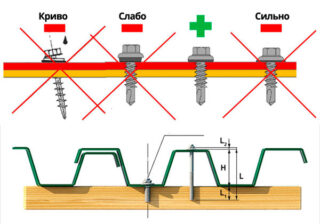
Since the invention of the profiled sheet, discussions have continued as to whether to properly screw it to the upper or lower wave. There are good reasons for each technique, but all manufacturers indicate that the panels should be fastened through the bottom ridge. To come to a common approach and make the best choice, you should consider the features, advantages and disadvantages of each technology.
Bottom option:
- The steel lies firmly on the base, there is no vibration, since there are no gaps. Drilling takes place without problems associated with a possible breakdown of the drill.
- The hardware tightly presses the panel to the crate. The risk of moisture seepage is minimized.
- As it rolls down, rainwater passes through the depressions of the coating. Fasteners remain in the aquatic environment for a long time during precipitation. At the slightest error in the installation, a leak occurs, which affects most of the ramp.
Top option:
- During a rainstorm, the fasteners are almost not exposed to moisture, which means the likelihood of seepage is extremely small.
- When drilling, a vertical force is exerted on the wave. Before the drill makes a hole in it, the metal can bend, and in such places it is problematic to achieve tightness.
- The manufacturer's warranty does not apply when using top-mount technology.
The result of assessing the strengths and weaknesses of each method is purely subjective, but the lower method has more advantages and fewer disadvantages. Here the decision-making power belongs to the owner of the property.
Calculation of the number of screws
Please note: the more attachment points, the more firmly the panel will hold on to the crate, however, a large number of holes increases the risk of leaks.
Possible mistakes
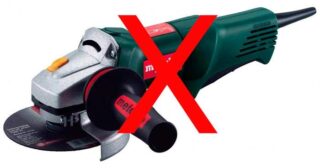
The process of planning and installing a profiled sheet has a number of features and difficulties, which is the reason for making mistakes that reduce the quality of the final result.
The more beginners know about this issue, the less likely it will be repeated in their own practice:
- Thick drill - weak connection, loss of tightness. Risk of pulling out self-tapping screws.
- Thin drill - hardware breakage, thread stripping. We have to patch up holes and make new holes.
- Application of roofing nails. The inability to regulate the clamping force. The development of corrosion, during dismantling, the surface of the sheet is damaged.
- Loose screw tightening. Water seeps under the washer. Rust develops, the roofing cake gets wet.
- Pulling the self-tapping screw. The gasket cracks, moisture gets into the cracks, rust and wood decay develop.
- Inaccurate fastening to the battens. If you attach a screw close to the edge of the rail, it will crack. A weakened area appears that can affect adjacent areas.
- Poor sealing of random holes. Holes drilled by mistake must not be repaired with tape or cloth in the paint. Need a sealant and a rivet.
- The use of non-standard tools for cutting sheets. The grinder burns metal and polymer spraying, and the cutter deforms the edges and leaves torn, uneven edges. Better to spend money, but purchase specially designed slotting or nibbling scissors.
- Ignoring the use of sealant at the joints of the panels. Even in steep roofs, there is a possibility of water entering them by strong updrafts.
Achieving a high-quality result when installing corrugated board is possible when using the tools intended for this and strictly following the work technology.

